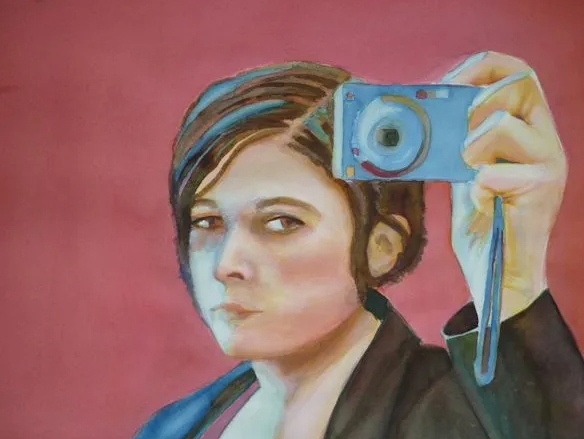The Modern Selfie: Exploring Contemporary Self-Portraiture
Selfies have become an integral part of our daily lives, capturing moments of self-expression, identity, and personal branding. In the age of social media, the selfie has transformed into a powerful tool for self-promotion and self-documentation.
The Rise of the Selfie
The term “selfie” was officially added to the Oxford English Dictionary in 2013, indicating its widespread popularity and cultural impact. With the advent of smartphones equipped with front-facing cameras, taking a selfie has never been easier.
Selfies have democratized the art of self-portraiture, allowing individuals to take control of their image and present themselves to the world in their own terms. The selfie has blurred the lines between professional photography and amateur snapshots, leading to a new era of self-expression.
Exploring Identity and Representation
Through the selfie, individuals can experiment with different identities, personas, and styles, crafting a visual narrative of themselves that may not always reflect reality. Filters, editing tools, and poses can alter one’s appearance and create a desired image of oneself.
Contemporary self-portraiture not only serves as a form of self-expression but also as a way to document one’s daily life, relationships, and experiences. Selfies can capture fleeting moments, emotions, and memories in a way that traditional photography may not be able to achieve.
Challenges and Criticisms
Despite its popularity, the selfie has faced criticism for perpetuating narcissism, self-absorption, and superficiality. Some argue that the constant quest for likes and validation on social media can lead to a distorted sense of self-worth and identity.
Furthermore, the selfie culture has raised concerns about privacy, digital manipulation, and the commodification of the self. With the rise of influencer culture and sponsored content, the authenticity and sincerity of selfies are often called into question.
The Future of Self-Portraiture
As technology continues to evolve and social media platforms proliferate, the selfie will likely remain a prominent form of self-portraiture in the digital age. The selfie has become a way for individuals to assert their presence, creativity, and individuality in a visually saturated world.
As we navigate the complexities and challenges of contemporary self-portraiture, it is essential to reflect on the power and potential of the selfie as a tool for self-expression, community building, and empowerment. The modern selfie has the ability to shape our understanding of identity, representation, and the construction of the self in an increasingly interconnected and image-driven world.



